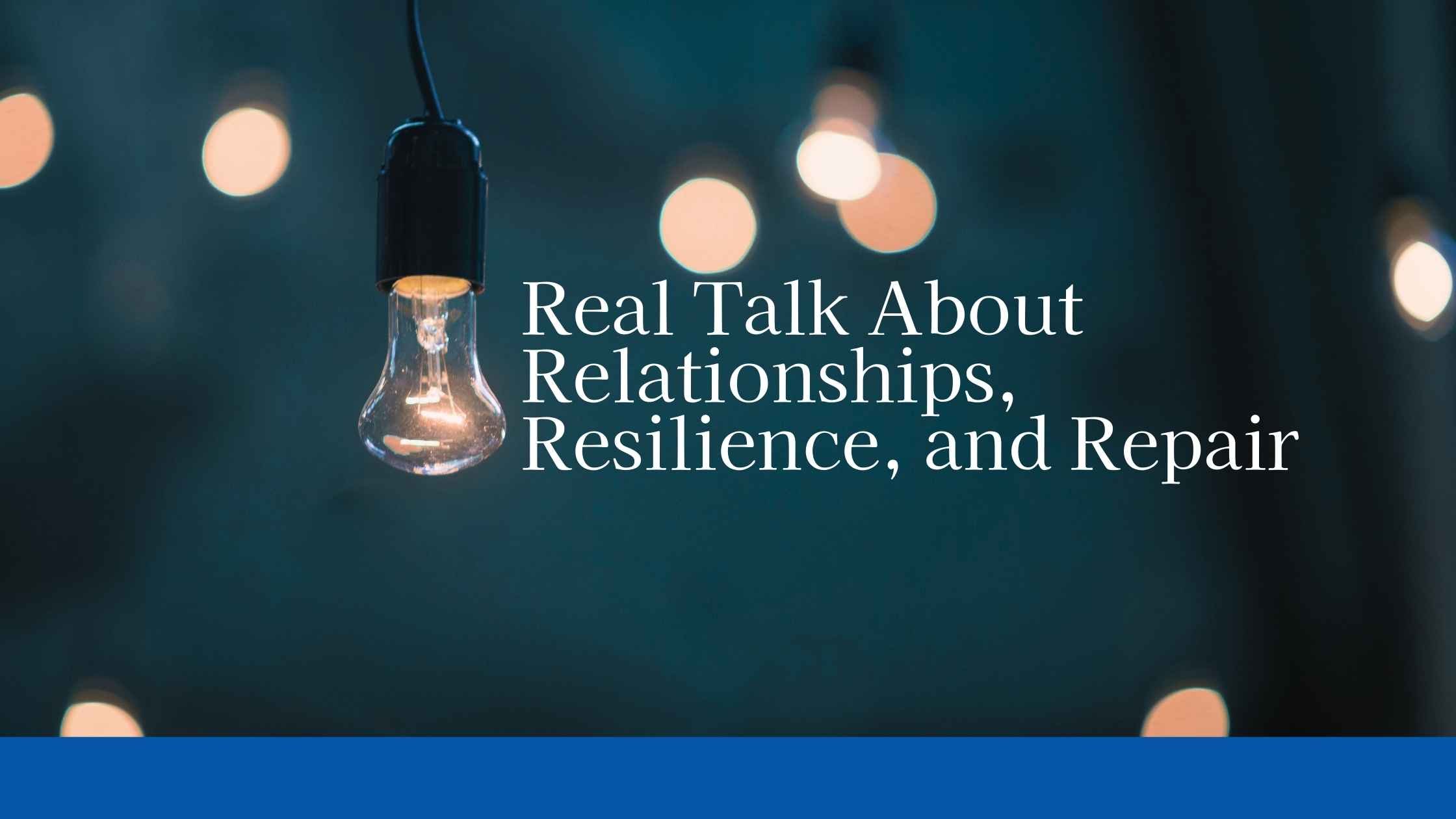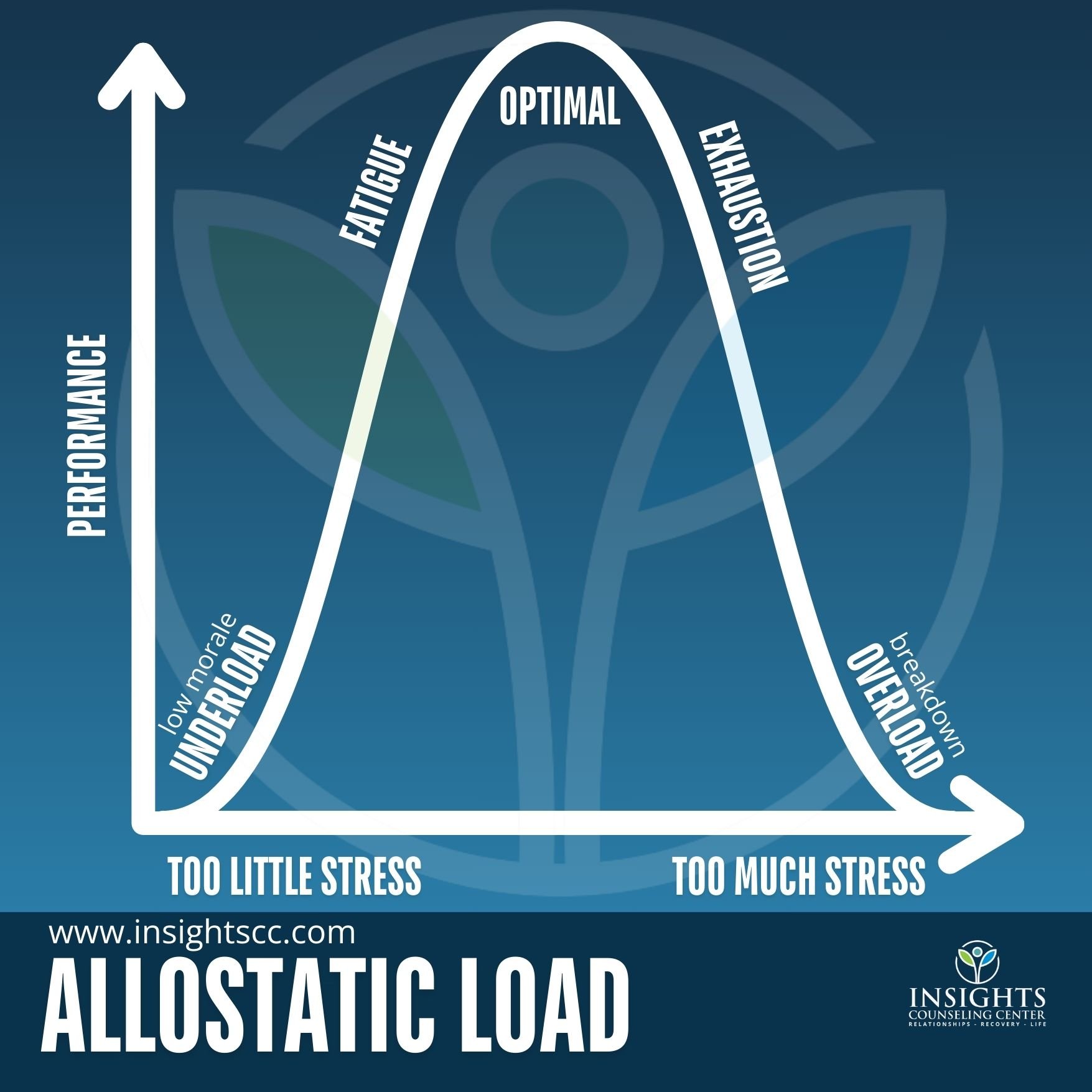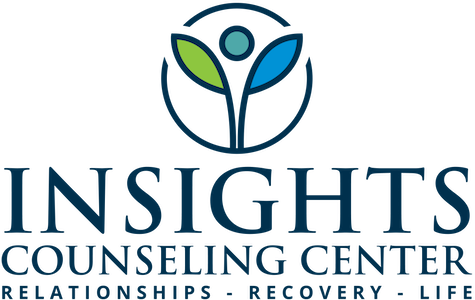
Blog

Acting Your Way to Right Thinking: How Behavior Shapes Belief in Relationships
We often wait to feel better before we act better in relationships—but the real shift comes when we start doing first. Discover how small actions can lead to meaningful change in your connection.

How to Support a Loved One with Anxiety Without Enabling Their Bad Habits
Supporting a loved one with anxiety can be complicated—especially when family dynamics are involved. Learn how to offer care without enabling, and how family therapy can help restore connection and growth.

Silent Tests in Relationships: How Unspoken Evaluations Harm Connection and What You Can Do About It
This post explores the subtle dynamics of silent testing in relationships and the hidden negative impacts on both partners. It provides insights into why these behaviors develop and offers practical strategies for breaking the cycle. Embrace a path toward open, honest communication and deeper emotional connection.

Caught in the Middle: When a Parent Feels Torn Between Their Child and Their Spouse
Caught between your spouse and your child? Loyalty binds in parenting can create stress in marriage. Learn how to navigate these challenges while keeping your relationship strong.

Are We Secure? How to Know If Your Relationship Has a Strong Foundation
Secure functioning means putting the relationship first and practicing honesty, protection, and emotional safety. This post offers a detailed checklist to help you evaluate and strengthen your connection as a couple.

Balancing Assertiveness and Connection: A DBT-Inspired Tool for Couples
Strong relationships are built on clarity, kindness, and self-respect. In this post, we explore how DBT skills like DEAR MAN, GIVE, and FAST help couples express needs, stay connected, and stay grounded in their core values. Includes a practical communication exercise.

Acute vs. Chronic Anxiety: How Family Dynamics Shape Our Stress
Acute anxiety spikes in moments of stress, while chronic anxiety lingers as a backdrop shaped by our family history. This post explores both types and offers actionable strategies to help you manage stress effectively. Discover how understanding these patterns can lead to healthier relationships and a more balanced life.

Book Review: The Divorce Remedy by Michele Weiner-Davis
Feeling hopeless in your marriage? The Divorce Remedy by Michele Weiner-Davis provides a step-by-step roadmap to help couples reconnect and avoid divorce. Read our review and discover how to bring love back into your relationship.

Beyond Intercourse: Exploring Arousal and Erection Through Nonintercourse Sexual Scenarios
Sexual connection extends beyond intercourse. Explore practical techniques to enhance arousal, strengthen intimacy, and reduce performance anxiety in nonintercourse scenarios.

How to Know If Your Choices Are Based in Conviction or Resentment (and Why It Matters in Your Relationship)
Are your choices in the relationship driven by fear, guilt, or people-pleasing? Learn how to recognize when resentment is getting in the way of connection and how couples therapy can help you realign with shared values and trust.

The Psychological Side of Erectile Dysfunction: How Your Mind Impacts Desire and Performance
Erectile dysfunction isn’t just a physical issue—psychological factors such as anxiety, depression, and stress significantly impact both sexual function and desire. Learn how addressing these emotional barriers can help you reclaim intimacy and satisfaction in your relationship.

Full Therapeutic Disclosure: Understanding Timing and Options for Healing
Full Therapeutic Disclosure is not for everyone, and timing matters. Learn how to decide what’s right for your healing journey and why working with a trained therapist can help.

The Danger of Comparing Your Marriage to Friendships
It’s easy to feel like your friendships provide an effortless connection that marriage struggles to match. But are we comparing two different things? This blog explores how real intimacy in marriage is earned through shared experiences—and why comparing your spouse to a best friend or therapist may be unfair.

Understanding Allostatic Load: When Stress Becomes Too Much
Chronic stress affects more than just your mood—it rewires your brain. Learn how neurofeedback can support nervous system regulation, reduce emotional overload, and help you feel like yourself again.

The Power of Routine: How Small Daily Habits Can Ease Depression
Feeling lost in the weight of depression? Small daily habits—combined with neurofeedback home training—can help create structure, balance brain function, and improve emotional resilience. Learn how simple routines can support your mental health.

When a Spouse Becomes the Therapist: The Unhealthy Dynamic and How to Shift It
When one partner becomes the ‘therapist’ in a relationship, it can create an unhealthy dynamic of dependency and imbalance. Learn how to shift this pattern and build a more connected partnership.

When Money Fights Reveal Deeper Needs or Dreams
Discover how core values and deep dreams drive money conflicts in relationships. This blog post offers a compassionate, Gottman-inspired approach to listening and understanding your partner, paving the way for a more connected future.

How Anxiety Flows Through Family: Understanding Your Emotional Unit
Families are more than a collection of individuals—they form a dynamic emotional unit where one person’s anxiety can ripple through everyone. This post explains the powerful connection between our emotions and how understanding this ripple effect can pave the way for healing and healthier relationships.

Moving from Parent-Child Dynamics to Adult-to-Adult Communication in Marriage
Discover the power of transactional analysis in marriage. Learn how to identify and replace entrenched parent-child patterns with healthy, adult-to-adult communication, paving the way for a more balanced, fulfilling relationship.

Understanding Erectile Dysfunction: A Whole-Person Approach
Erectile dysfunction can be frustrating and isolating, but you don’t have to navigate it alone. This blog explores ED through a biopsychosocial lens, offering insights into physical, emotional, and relational factors, plus practical steps toward healing.
